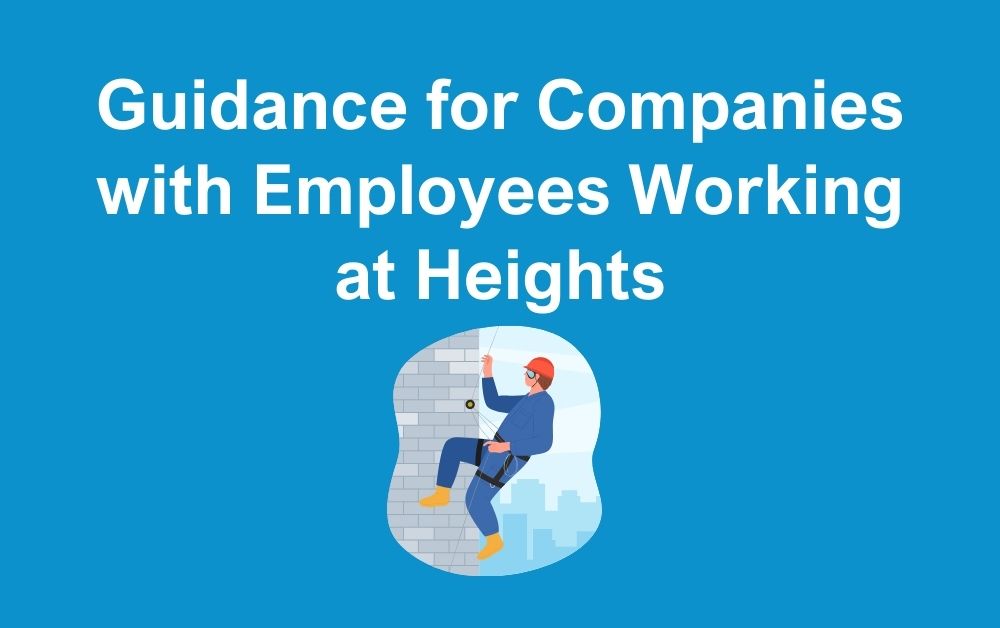Whether your company offers services that require the use of ladders; operates cranes or needs employees to use equipment to reach items from high places, there are a number of considerations to ensure that both employees and the company are protected.
Health and Safety laws require that companies have certain considerations in place to ensure that employees working at height aren’t exposed to unnecessary risk. These considerations are important to be in place before taking on any work that is going to place employees in a situation where they need to work at height.
What is considered to be “working at height”
There is a huge difference between someone standing on a stool to reach something from a high shelf and working in the cab of a tower crane. The Health and Safety Executive definition of working at height is any distance above the ground that could cause a fall and lead to personal injury. That is an extremely broad definition, so it is always best to be on the safe side.
Provision of equipment
All employers will provide their staff members with the tools needed to carry out their work safely. No matter the kind of height at issue, companies need to ensure that employees have all they need to prevent accident or injury. However, this may differ depending on the heights in question.
Whatever equipment is provided for employees’ use should meet mandated safety standards. Personal Protective Equipment (PPE) should be properly fitted to individuals and suitable for the task at hand. All tools and equipment must be properly maintained to reduce the risk of it malfunctioning whilst in use and putting employees in danger. If employees are instructed to carry out work tasks at height without these safety measures in place and they are injured or worse because of the task then action can be taken. The organisation would face the full force of the Health and Safety Executive in investigation and potentially extremely punitive fines, not to mention compensation for injured workers.
Training and education
Another aspect of enabling employees to work safely at height is the provision of suitable training and education to carry out the job under the conditions they are likely to experience at height. Classroom teaching or on-the-job training can both provide vital components to making sure employees can carry out their roles safely and responsibly.
As with any other kind of vocational training, such training can be carried out in a variety of ways. The development of in-house training can work well for companies where there are large numbers of employees working at height or where there are specific types of work carried out that don’t lend themselves to generic training. External training providers can offer ad-hoc training for individuals in a way that is cost-effective. For those who need to understand principles rather than need to demonstrate competence, online training modules can also be helpful and reduce time away from work.
Individual health
There are certain types of health conditions or medications that can make it unwise or impossible for an individual to work at height, no matter how well-equipped or well-trained they are (e.g. epilepsy or acrophobia). This is something that, as a responsible employer, any company should be managing as a matter of course in the workplace.
Carrying out an Occupational Health assessment for any member of staff that is likely to be asked to perform tasks at height is essential to ensure that they are suitable for the role and that the employer is not unwittingly putting them at unnecessary risk. If the role’s core function is working at height, this is something that it would be wise to do before agreeing to take on an individual onto the payroll. However, if it’s a change to an existing employee’s job, performing the checks before assigning them to the task will help keep them safe as well as ensuring the company is managing its own organisational risks.
Conclusion
There are several factors that should be taken into account when work includes deploying individuals to carry out tasks at height. Following these guidelines will help to keep employees safe and prevent the company from facing investigations or other costly problems arising from accidents and incidents.
Would you like to find out more about how we can help? Get in touch here.





